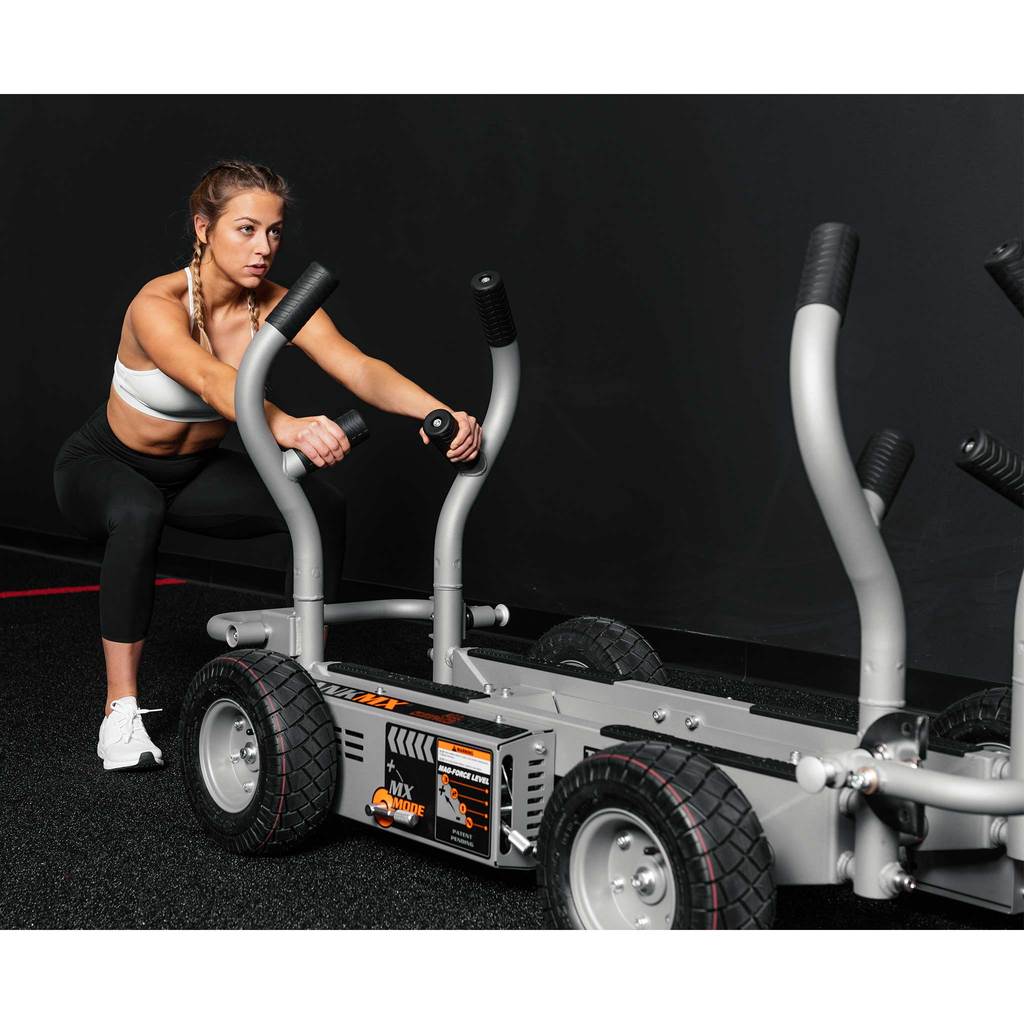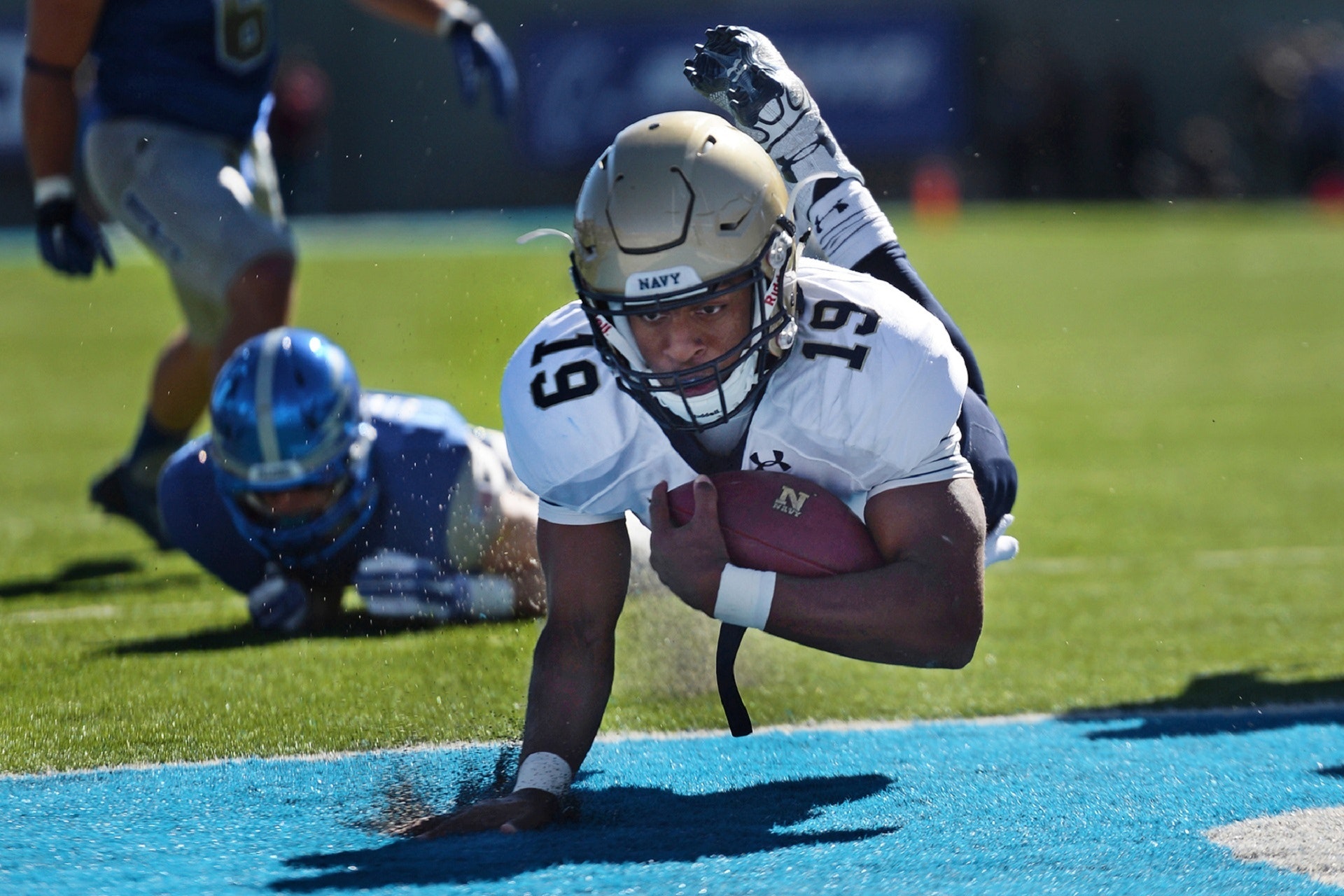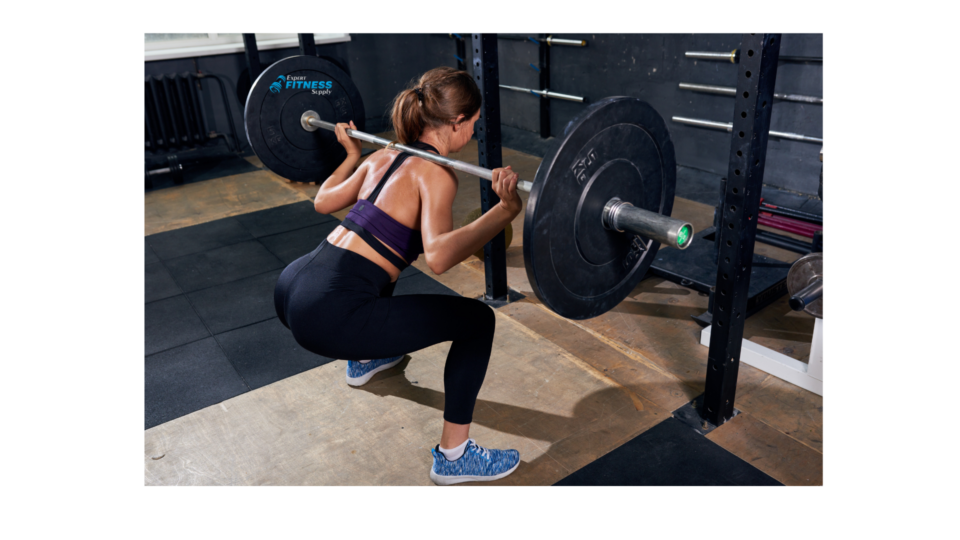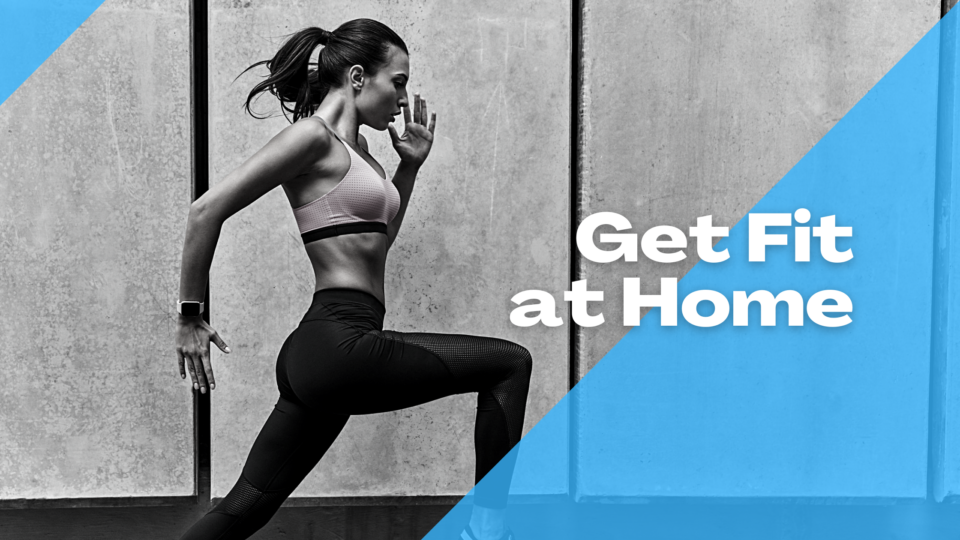- Email us if you have any questions:
- [email protected]
Workouts that Will Improve Your Football Training

How Using a Functional Trainer Can Improve Your Torque Sled Workouts
July 20, 2022
Weightlifting for a Summer Body
August 4, 2022Preparing for football season begins in the off-season, but what workouts are needed exactly to get yourself ready to play some ball? As a football player you need to rely on your strength and speed which means you need to condition and train your body through a variety of workouts that focus on the right muscle groups. Not just any workout or strength training routine will achieve the results you’re looking for.
So how do you get faster and stronger for football? Keep reading to find out.
Deadlifts
Deadlifts may be the best workout for building speed and strength. Football players want the ability to move explosively and apply strength quickly, and since deadlifts are excellent for building strength, this is a must-do workout.
Additionally, deadlifts help to strengthen the posterior chain which is responsible for building power and strength in your hamstrings, glutes, calves, and back. We also love deadlifts for building strength in your hips which is important for power as well.
Finally, deadlifts are great for preventing injuries.
Box Squats
Box squats are used for building length strength and explosiveness while alleviating stress on your knees. These along with deadlifts are cornerstones to your football training and will help you play both faster and stronger. Box squats are also great for developing your flexibility simply by going lower and using a wider stance.
We love box squats for any athlete because it teaches them to “explode” using their hips, hamstrings, and glutes which is necessary for any sport that involves running or jumping, and in the case of football will improve your blocking and tackling.
Rows
Many football players tend to focus on pressing exercises and forget about the back muscles. The reason this is dangerous is that it can lead to injuries such as rotator cuff tears, pec tears, or even shoulder impingements. Adding any form of row into your training program will help balance all the chest and press work you’ve been doing.
Clean & Jerk
Clean and jerks are a great lift because they help build toughness on the field, build power and strength, while helping you identify potential weaknesses. In order to lift a heavy bar from the ground to overhead you need strength, not only in your posterior chain, but also in your abs, shoulders, and triceps. If you’re weak in any of those areas you won’t be able to complete the lift.
Side Lunges
Training on lateral movements is ideal for football players since so much of the sport is played moving side-to-side. Another benefit of improving your lateral movements is building game speed.
Dumbbell Incline
We like the dumbbell Incline for football players because it mimics the path taken by the arms in many football movements including blocking. Adding the dumbbell incline to your program will help you strengthen your shoulders, pecs, and triceps, especially for those dealing with rotator cuff issues. Those who play linebacker or lineman will especially benefit from the dumbbell incline.
Sled Pushes
Push sled workouts are another perfect workout for improving football power and speed. These sleds can either be pushed or pulled and done for time, distance, or speed. You can add weight for a more intense workout, or use less weight and pull at a longer, slower speed to build endurance.
We love sled pushes as a finisher workout or on a non-lifting day.
Single-Leg Squat
Single-leg squats can be pushed to strengthen your movements when you are pushing off into a spring. Since you’re putting all of your power into one leg when you do this, training each leg to take the full weight of the body will help you develop the power you’ll need to launch yourself forward during the game.
Medicine Ball Push-Ups
Even though push-ups may not be the first workout that comes to mind when you think of agility, they’re great for building core strength. A medicine ball push-up further helps by improving your balance which, in turn, improves your agility.
HIIT on the Treadmill
Doing high-intensity interval training (HIIT) mimics the rhythms of an actual football game. For this reason, doing HIIT on the treadmill will help condition your body to quickly switch from the aerobic to the anaerobic system and back again and improve your overall performance.






